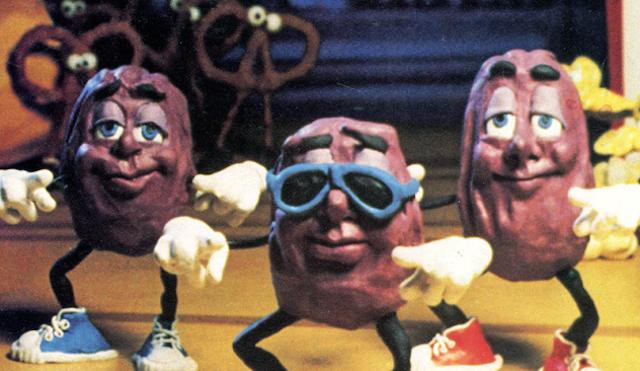The Problem of Coolness, Solved

“Despite assertions that coolness sells products, little is known about what leads consumers to perceive brands as cool.” ~ Caleb Warren and Margaret C. Campbell, “What Makes Things Cool? How Autonomy Influences Perceived Coolness,” forthcoming in the Journal of Consumer Research.
A brief summary and analysis of the study’s findings:
Although researchers do not agree on a specific definition of coolness (Dar-Nimrod et al. 2012; Kerner and Pressman 2007), a canvas of the literature reveals agreement on four defining properties. One, coolness is socially constructed. Cool is not an inherent feature of an object or person but is a perception or an attribution bestowed by an audience (Belk, Tian, and Paavola 2010; Connor 1995; Gurrieri 2009; Leland 2004). In this sense, coolness is similar to socially constructed traits, like popularity or status (Hollander 1958); objects and people are cool only to the extent that others consider them cool.
Cool.
Two, coolness is subjective and dynamic. The things that consumers consider cool change both over time and across consumers (Danesi 1994; MacAdams 2001; O’Donnell and Wardlow 2000). Despite the subjective nature of coolness, consumers have little difficulty recognizing coolness when they see it (Belk et al. 2010; Leland 2004)
Wow, that’s cool!
Three, coolness is perceived to be a positive quality (Bird and Tapp 2008; Heath and Potter 2004; Pountain and Robins 2000). The few quantitative empirical studies on the topic confirm that cool people tend to possess personality traits considered desirable by the audience evaluating coolness (Dar-Nimrod et al. 2012; Rodkin et al. 2006).
Nice.
Four, although coolness is a positive trait, coolness requires more than the mere perception that something is positive or desirable (Leland 2004; MacAdams 2001). Pountain and Robins (2000, 32) write, “Cool is not merely another way of saying good. It comes with baggage.” Consumers perceive some quality that sets cool things apart from other things that they merely like or evaluate positively. However, the literature is not clear as to what this additional quality is.
Good good, cool: Good, and also cool. As for the purpose of the study, to establish what makes things cool?
Understanding what makes things cool has puzzled academics and marketers alike. We address this question by empirically examining the relationship between autonomy and perceived coolness, finding that brands and people that diverge from the norm in a way that seems appropriate are perceived to be cool.
Things that are cool are cool — but only if they’re cool. Nice, and cool.
